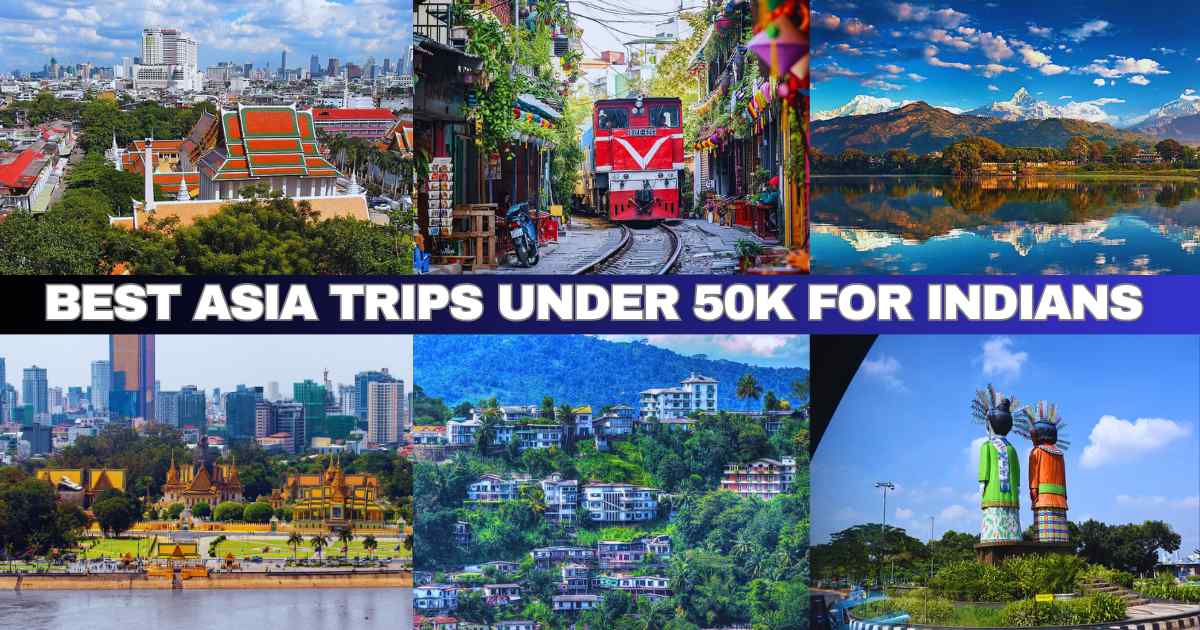Anini Valley Travel Guide: Everything You Need to Know Before You Go Anini Valley sits deep inside Arunachal Pradesh’s Dibang Valley district, one of India’s most remote and untouched regions. Surrounded by rolling green hills, dramatic valleys, sharp cliffs, crystal clear rivers and misty mornings, Anini feels like a quiet world of its own.
Situated on a small plateau between the Dri and Mathun rivers, the area enjoys pleasant weather and beautiful surroundings. The communities in the Dri Valley follow eco friendly practices and welcome visitors with homestays, local food and guided treks. These experiences allow travelers to understand local life while helping protect the region’s natural environment.

Travelers often compare its beauty to Switzerland because the landscapes look pure, wide, and unspoiled.
Anini is not a commercial tourist destination. There are no luxury hotels, no crowded viewpoints and no city noise. What you see here is raw nature, strong tribal culture and endless silence. If you enjoy remote travel, landscapes, waterfalls and open grasslands, Anini is one of the best places in India.
Anini Valley Travel Guide- this article gives you everything you must know before visiting. How to reach, road conditions, stay options, itinerary, waterfalls, local experiences and important tips.
Where Is Anini Valley Located?
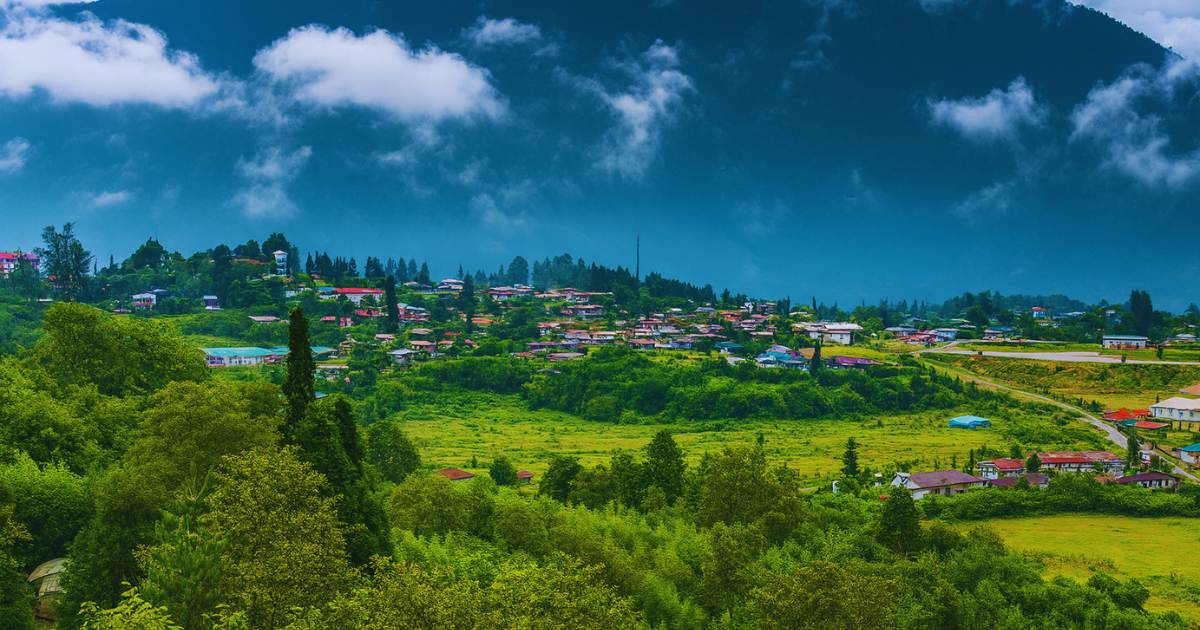
Anini is the headquarters of Dibang Valley, close to the border with China. It lies in the far northeastern corner of India and is one of the least populated districts of the country. The region is home to the Idu Mishmi tribe, known for their unique traditions, festivals and shamanic culture.
Because of its remote location, reaching Anini takes effort, but the journey is part of the adventure.
How to Reach Anini Valley
There are multiple steps to reach Anini, but once you arrive, the natural scenery makes it worth it.
Nearest Airport to Anini:
The closest major airport is: Dibrugarh Airport, Assam. There is no airport in Anini or Roing. Dibrugarh is the best entry point for most travelers.
From Dibrugarh, the route is:
Dibrugarh → Tinsukia → Roing → Anini
Total travel time 12 to 16 hours depending on vehicle and road conditions.
Road Conditions from Roing to Anini
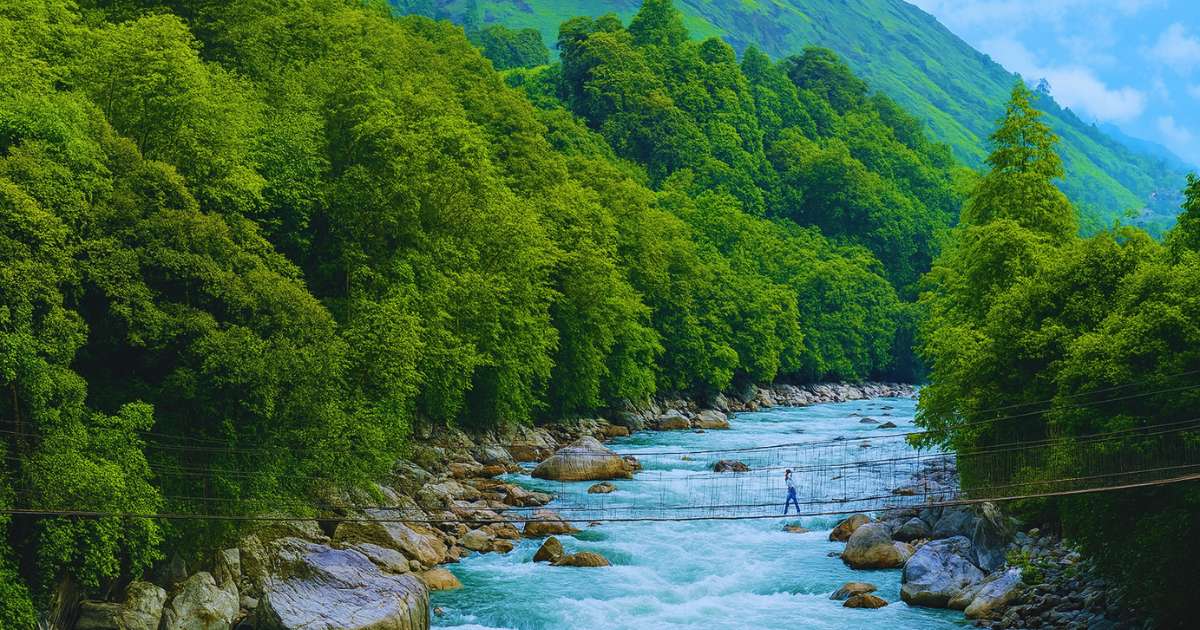
The route from Dibrugarh to Roing is smooth and easy.
But the actual challenge begins from Roing to Anini.
The road is:
• rough.
• rocky.
• muddy during rains.
• slow in many stretches.
• under construction at several points.
You will often pass through forests, narrow mountain roads, and hanging bridges. The views are spectacular, but the route is tiring.
Important Note:
There is only one proper food stop, Restaurant 65.
Do not miss it because this is the only reliable point on the way.
Carry snacks, dry food and water because options are limited.
Also Read:7 Best Snow Honeymoon Locations in India for Newlyweds
Also Read:10 Famous Temple Towns in India You Must Visit
Recommended Vehicle for Anini Valley
A SUV is strongly recommended. Avoid sedans or low-ground clearance cars.
Public transport exists but is very limited and not suitable for tourists. Hiring a local SUV from Roing is the best option.
How Many Days Do You Need for Anini Valley?
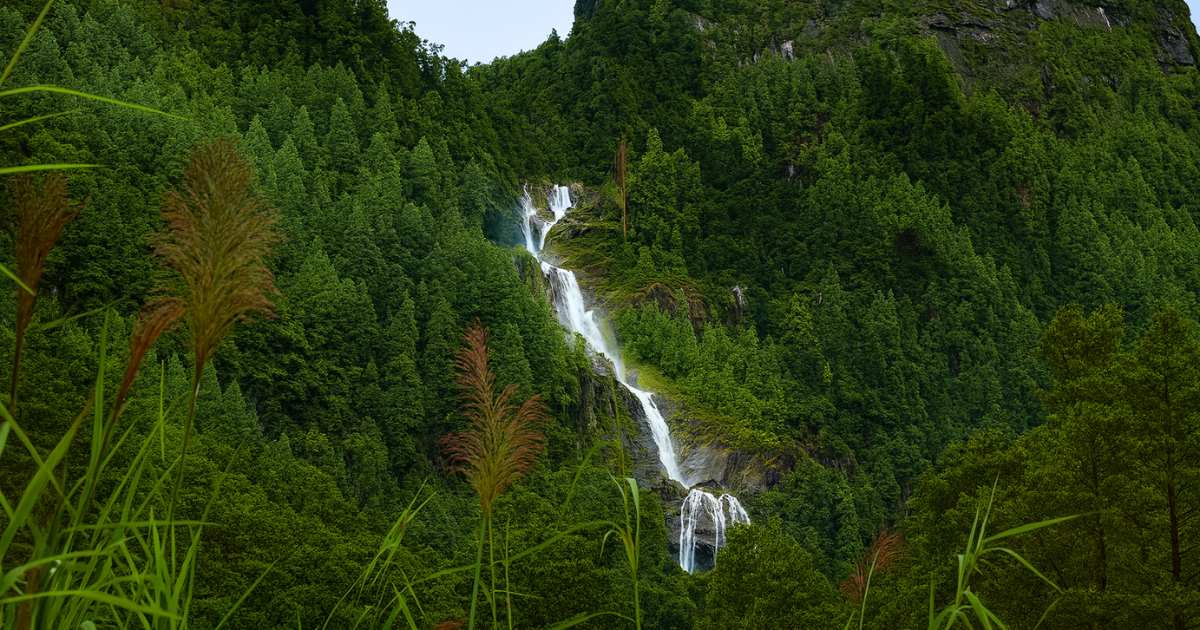
Keep 7 days minimum for a comfortable and complete trip.
Here is an ideal plan:
• Day 1 Dibrugarh to Roing
• Day 2 Roing to Anini
• Day 3–4 Explore Anini waterfalls
• Day 5 Visit local shamans and Idu Mishmi villages
• Day 6 Emuli Grassland, viewpoint hikes
• Day 7 Return journey
Because the travel time is long and roads are slow, shorter trips become hectic.
Top Places to Visit in and Around Anini Valley
1. Emuli Grassland
One of the most beautiful parts of Anini. Wide open green meadows, tall grass, scattered small hills and peaceful silence. You can walk freely, take photos or sit and enjoy the cool wind. A must visit for nature lovers and photographers.
2. Waterfalls Between Anini and Brunei
This stretch is full of stunning waterfalls, big and small. You need at least two days to explore them properly. The best stay option nearby is Chigu Camps, which offers tents, basic facilities and beautiful surroundings.
3. Anini Viewpoint Hikes
Short hikes around Anini offer beautiful views of valleys, rivers and mountains. You do not need a guide for these small trails.
4. Local Shaman Visits
The Idu Mishmi tribe has a strong traditional healing culture. You can spend a day meeting local shamans, learning about their customs and understanding their way of life. This is one of the most unique experiences in the region.
5. Idu Mishmi Villages
Visit local villages to observe traditional houses, handicrafts, clothing and daily activities. People are warm and welcoming.
Also Read:Meghalaya Monsoon Trip Itinerary: 6 Nights 7 Days Guide
Also Read:7 Beautiful Hill Stations Near Shillong to Visit This Summer
Food and Accommodation in Anini
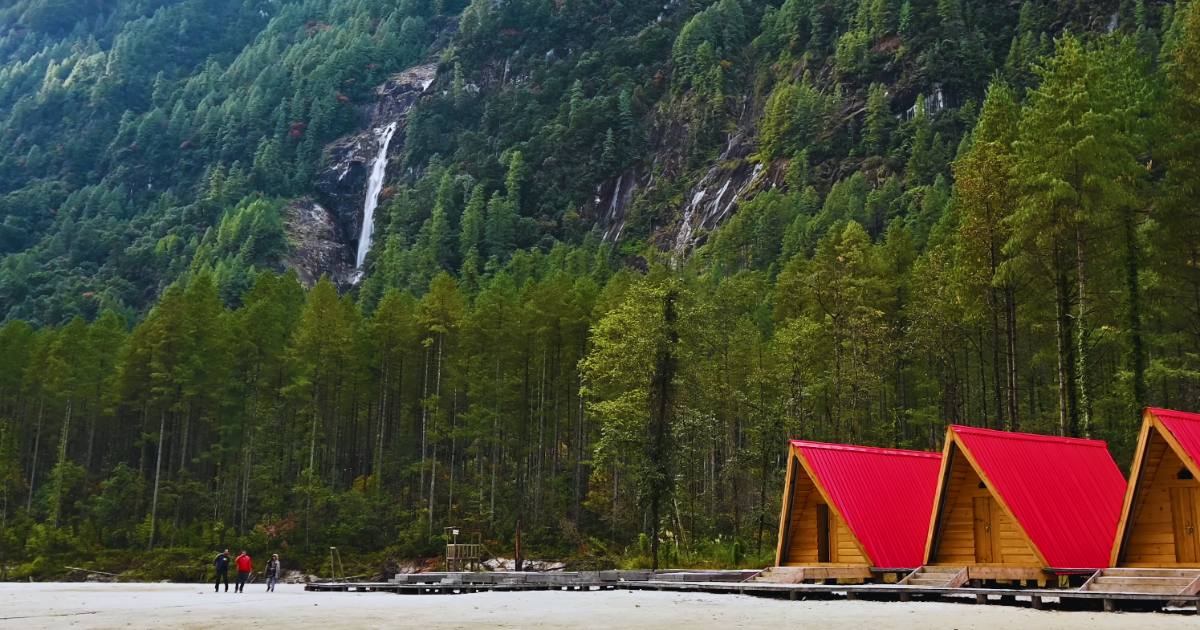
Accommodation in Anini is basic. There are small homestays, camps and simple rooms, but no luxury hotels.
Food is also simple, mostly local dishes with limited options. Carry snacks if you need variety.
Local people are friendly and helpful, which makes the stay more comfortable.
Network and Connectivity
Mobile network in Anini is very weak. Sometimes there is no signal at all. Do not depend on mobile data.
Must Carry:
• cash.
• power banks.
• offline maps.
• all necessary medicines.
Best Time to Visit Anini Valley
The best seasons are:
October to April
• clear skies
• good road visibility
• pleasant weather for hikes
• waterfalls look beautiful
Monsoon months, June to September, have very heavy rain and muddy roads. Avoid this period if possible.
Also Read:7 Beautiful Hill Stations Near Shillong to Visit This Summer
Also Read:Laitlum Canyon Meghalaya – Is It Worth Visiting? Full Travel Guide
Why Anini Valley Is Worth Visiting
Anini is not for people who want malls, cafes or city life.
It is for travelers who want:-
• untouched nature
• raw landscapes
• peace
• adventure
• real tribal culture
• zero crowd
If you love offbeat travel and want to experience India’s most remote beauty, Anini is absolutely worth it.
Travel Tips for Anini Valley

• Carry warm clothes, even in summer
• Keep cash, ATMs are limited
• Start early on travel days
• Carry snacks for long routes
• Keep fuel in reserve
• Respect local customs
• Do not litter
• Drive slowly on narrow roads
• Avoid night travel
Top FAQs for Anini Valley Travel Guide
1) Is a permit required to visit Anini?
Yes. Since Anini is in a protected area, Indian tourists need an Inner Line Permit (ILP) and foreign tourists need a Protected Area Permit (PAP).
2) Is Anini Valley safe for tourists?
Yes, it’s generally safe. Locals are friendly and helpful. However, mobile networks are weak and roads are challenging, so plan accordingly.
3) Does Anini Valley get snowfall?
Yes! Anini experiences snowfall in winter (December–February), especially in higher altitudes and nearby remote villages.
4) What should I pack for an Anini trip?
Warm clothes, trekking shoes, rain protection, a power bank, medicines, ID proofs, and permits. Since it’s remote, basic travel essentials are a must.
5) Are there hotels available in Anini?
Yes, but options are limited. You’ll mostly find homestays and small guesthouses run by locals. Booking in advance is highly recommended.
6) Is Anini good for family trips?
Yes, if your family enjoys peaceful, nature-rich destinations. However, long travel hours and limited mobile network may be challenging for some.
7) Is internet or mobile network available in Anini?
Connectivity is very limited. BSNL works the best, but don’t expect high-speed internet.
8) Can solo travelers visit Anini?
Absolutely! Many solo travelers visit for peace, trekking, and tribal culture. Just make sure your permits and accommodations are pre-arranged.
9) What is the altitude of Anini?
Anini sits at around 1,968 meters (6,457 feet) above sea level, offering cool weather throughout the year.
Hope you liked this article on Anini Valley Travel Guide. Do share your views with me within the comments section below and If this article was helpful so share this post with your friends on Facebook and Twitter. It would mean a lot.
Hey there! I’m Santu Chakraborty and I’m not your typical traveler. By day, I wrangle circuits and solve electrical mysteries as an engineer, but my true passion lies in exploring the world and sharing those experiences with you. For the past five years, this blog has been my canvas, where I paint stories of adventure, practical travel tips, and cultural insights to ignite your wanderlust. So, come join me on my journeys and discover the magic that awaits just beyond the horizon!


